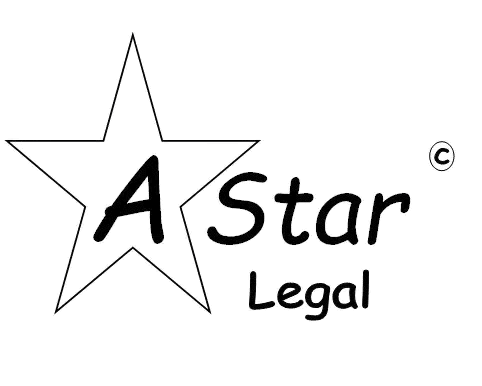Trademark is essential for the protection of every type of business. And with registered trademarks businesses or brands can get exclusive legal rights to use the trademark for their products and services. However, the Trademark Application Process in India is lengthy, time-consuming and complicated. You can get this process complet by us with limited documents in a very short time. In this article, you can get all the information about trademark registration process.
Table of Contents
ToggleWhat is a Trademark?
A trademark is a unique and distinctive type of word, logo, name, text, image, slogan, phrase, graphical design, or a good combination of these components that identifies the sources of products and services and differentiates them from one brand to another.
It protects a particular brand, product, and service from being infringed or copy and differentiates them from their competitor’s products, according to the Trademark Act, of 1999. Any individual, business, brand, and legal entity can apply for and own a trademark.
Why is registration of a trademark required?
Trademark registration in India is a strategic move for every business as it offers a variety of legal benefits to their owners. It gives businesses the legal right to use the trademark in the market for their products and services. A registered trademark serves as a protector for businesses and brands.
It gives them the legal right to take strict legal action in case of any unauthorized use or infringement. A registered trademark can valuable for any business as it can be licensed, transferred, or sold.
Trademark Application Process
Classification
The first step in the trademark registration process is to classify the products and services related to the business into predefined categories under the NICE classification system. This determines the scope of protection and use of the trademark. There are a total of 45 classes of goods and services in the NICE classification system, out of which classes 1 to 34 represent goods and classes 36 to 45 represent services.
Trademark Search
This step involves searching local and international databases to determine if the trademark you have chosen is similar to any other existing registered trademark.
Trademark Filing
The next step is to file a trademark application in the concerned trademark office for registration. The trademark application form is file along with all the require documents. All the following information is require in the application:
- Logo or trademark
- Trademark owner’s name and address
- Trademark class
- Date from which the trademark is use
- Description of the goods and services
Trademark Fees Payment
After filing the trademark application for registration, the applicant has to pay the prescribed fee which covers the cost of processing the application, examination, and other administrative work.
Trademark Application Allotment
After completing the application and fee payment, the applicant receives the trademark application allotment number within 1-2 days. With the help of this number, the applicant can track the progress status of the registration process online. After receiving this number, the applicant can use the “TM” symbol along with his brand logo.
Vienna Classification
it was introduced by the Vienna Agreement (1973) It is an international classification of the emblematic components of trademarks. After the application is register, the registrar applies this Classification to the trademarks based on their figurative elements.
Trademark Examination
After the Vienna Codification process is complete, the application is sent to the trademark officer at the registrar’s office for checking. In which the trademark officer reviews the correctness of the application. Whether the trademark meets the criteria of distinctiveness, non-descriptiveness, and compliance with other legal formalities or not. And then issues a trademark examination report on this basis. If the examiner feels that there is any error in the application or is not satisfy with the application in any way then the examiner can object. After which the applicant has to understand those objections and respond to them.
Reply to Objections
To resolve the objections raise by the trademark examiner, the applicant is require to respond within 30 days from the date of objection.
Trademark Journal Publication
After the resolution of the objections, the application is publish in the Trademark Journal. This is an opportunity for the public to file an opposition during this period if they have any objection to the registration of the applied trademark. If no opposition is file, the applicant’s trademark is register.
Third-Party Opposition
If a trademark application is oppose by a third party, the trademark hearing officer calls both parties for a hearing to resolve the concerns raised by the opposing parties through negotiation, compromise, or legal proceedings. Where both parties are allow to attend the hearing and provide justifications, arguments, and supporting documents for their side.
Trademark Registration
If there are no complaints or aversion to the trademark application, his Trademark registration is a success. After that, the trademark owner gets exclusive legal rights to trademark use. And the applicant can also use the ® symbol with his brand logo.
Trademark Renewal
A trademark registration certificate is valid for 10 years only. It can be renew indefinitely. Trademark renewal is necessary for trademark owners to retain their legal rights.
Tademark Registration Process Flowchart

Conclusion
Although trademark registration is not mandatory in India, a registered trademark provides protection to businesses as well as other legal rights. Before applying for trademark registration one needs to understand the Trademark Application Process in India and its steps.
For more information stay updated with:- A Star Legal Associates







